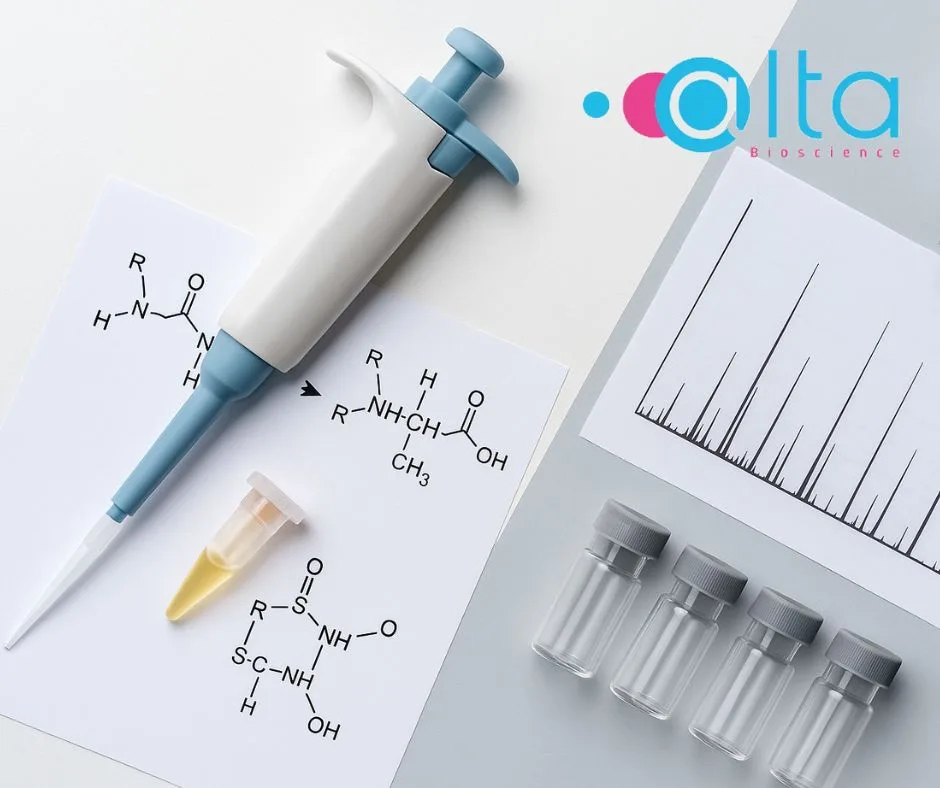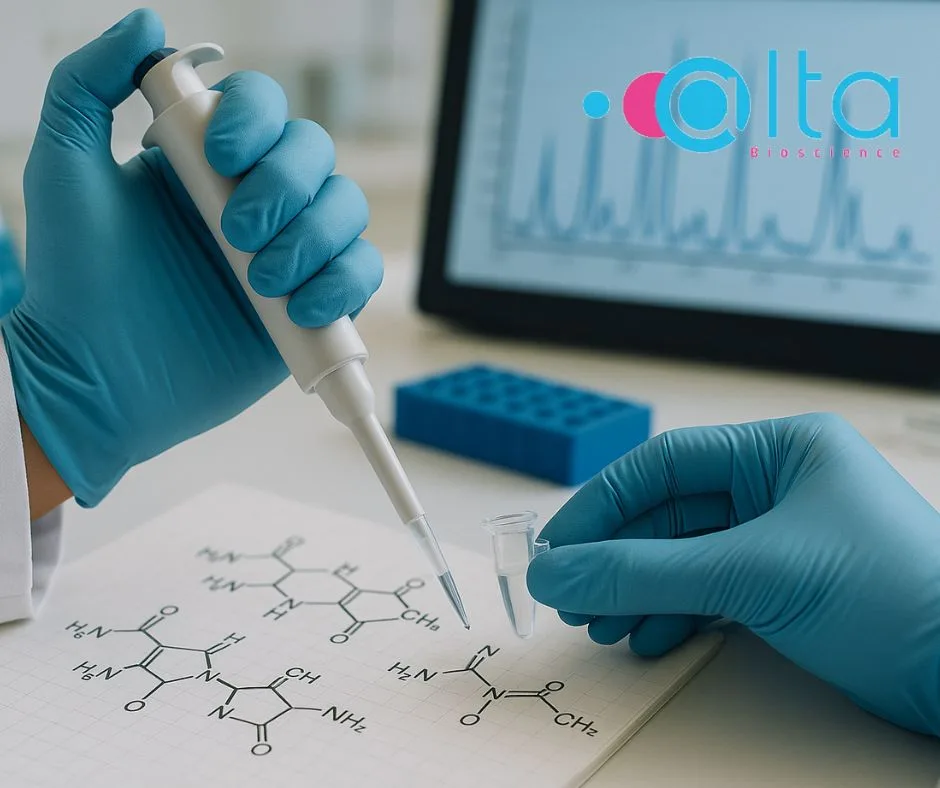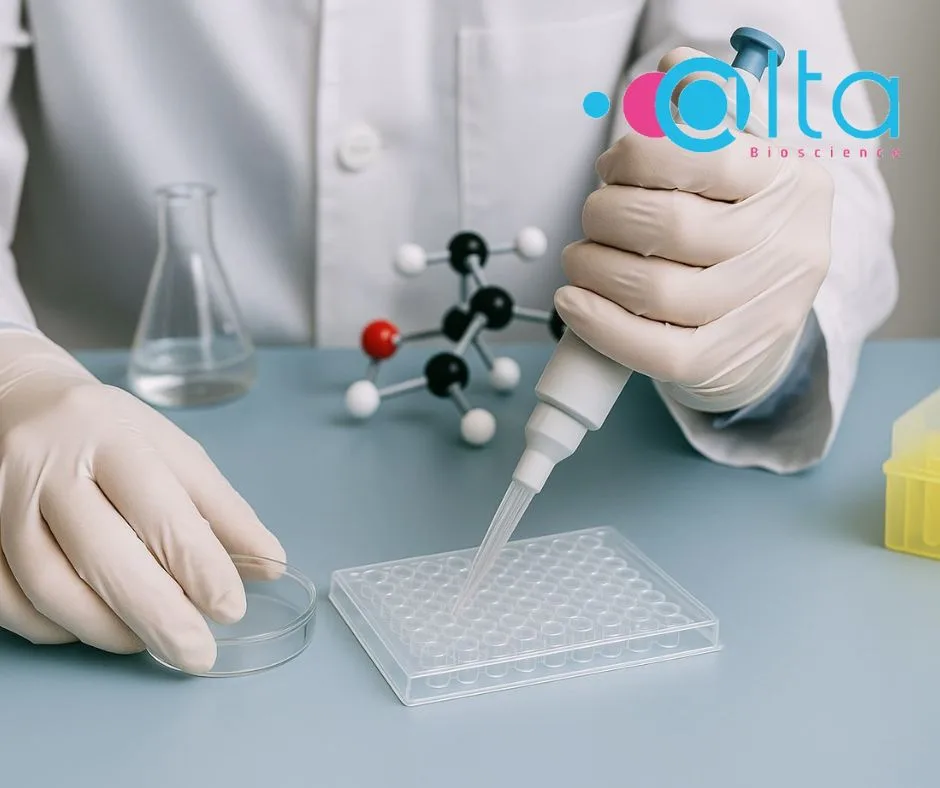Free Asparagine Analysis in Food: Accurate Quantification Using Amino Acid Analysis
Specialising in amino acid analysis, our UKAS-accredited ISO/IEC 17025 laboratory (No. 2370) delivers accurate quantification of free asparagine.
Our validated methods provide precise and reproducible results across a wide range of food matrices, supporting manufacturers and research organisations in understanding asparagine levels and managing acrylamide risk.
Analysis of asparagine complements acrylamide testing programs, helping to ensure product safety and regulatory compliance.
Formation of Acrylamide from Free Asparagine During Thermal Processing
Acrylamide is formed through the Maillard reaction when foods containing free asparagine and reducing sugars are exposed to elevated temperatures, typically above 120°C.
The amino group of asparagine reacts with the carbonyl group of a reducing sugar to form intermediate compounds that subsequently degrade to produce acrylamide. This reaction is particularly relevant in starchy foods, where both precursors are naturally present, and processing involves high temperatures.
To ensure consumers are not exposed to levels over and above safe limits, regulators have set strict limits on the level of asparagine within a range of different foodstuffs.
Understanding and quantifying free asparagine levels in foods before processing allows manufacturers to predict acrylamide-forming potential and implement mitigation strategies accordingly.
Analytical Determination of Free Asparagine
Free asparagine is quantified using ion-exchange chromatography coupled with post-column derivatisation and ninhydrin detection, a gold-standard approach for amino acid profiling.
This method provides high-resolution separation of amino acids, based on charge properties, under controlled pH and temperature gradients. Following elution from the ion-exchange column, amino acids react with the derivatisation reagent ninhydrin, forming colour complexes which are detected spectrophotometrically at dual wavelengths (typically 570 nm and 440 nm).
Key method performance attributes include:
- Excellent chromatographic resolution: Free asparagine is well separated from structurally similar amino acids, ensuring accurate peak identification and quantification.
- Low detection limits: The method achieves detection limits typically below 0.5 mg/kg, providing precise quantification even in low-protein food matrices.
- High reproducibility: The combination of automated injection, temperature control, and precision reagent delivery ensures consistent retention times and peak areas across analytical runs.
This approach provides a robust, validated platform for routine analysis of free asparagine in cereal ingredients, roasted and green coffee, potatoes, and processed snacks.
Applications Across Food Sectors
Product Type | Analytical Objective | Outcome |
Cereal flours and baked goods | Determine precursor levels prior to baking | Optimise formulations to reduce acrylamide formation |
Green and roasted coffee | Track asparagine content before and after roasting | Adjustments to roast profile for lower acrylamide |
Potatoes and fried snacks | Assess varietal and storage effects on asparagine levels | Supports selection of low-asparagine raw materials |
Data Interpretation to Support Mitigation Strategies
Our analytical results provide the foundation for evidence-based acrylamide mitigation. By quantifying free asparagine precisely, manufacturers can:
- Identify high-risk raw materials
- Select low-asparagine cultivars
- Evaluate enzyme treatments such as asparaginase
- Optimise processing time, temperature, and pH
- Demonstrate due diligence under EU Regulation 2017/2158 on acrylamide levels in food
Why Partner With Our Laboratory
- ISO/IEC 17025 Accreditation by UKAS: Independent verification of technical competence and quality assurance.
- Validated Amino Acid Methodology: Robust ion-exchange chromatography with post-column ninhydrin detection, applicable for all sample types.
- High Analytical Precision: Reliable quantification with low detection limits and excellent chromatographic resolution.
- Comprehensive Reporting: Quantitative data with interpretive insights for process optimisation and regulatory compliance.
- Technical Expertise: Guidance from experienced analytical chemists specialising in amino acid analysis
Conclusion
Quantifying free asparagine is a key element of acrylamide risk management and product safety evaluation. Through our UKAS-accredited ISO/IEC 17025 amino acid analysis, we deliver precise, traceable results that enable food producers to make informed, data-driven decisions in formulation, processing, and compliance.
Contact us to discuss free asparagine testing or comprehensive amino acid profiling. We provide analytical solutions tailored to cereals, coffee, potatoes, and other heat-processed foods, supporting continuous improvement and regulatory confidence.



